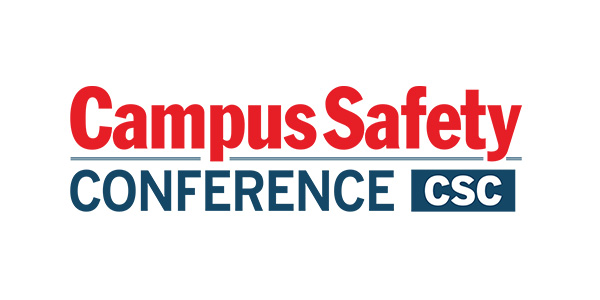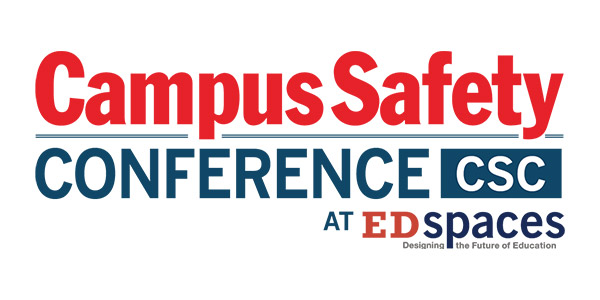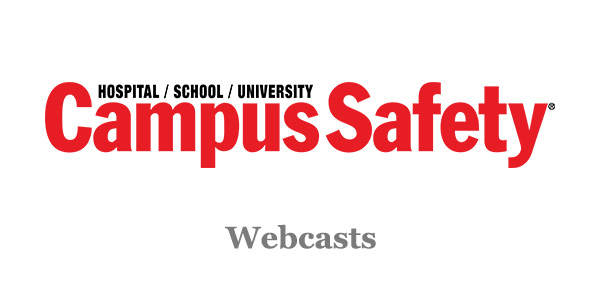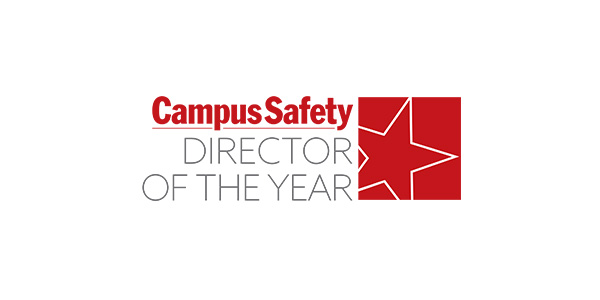The “National Drug Assessment 2009” recently released by the National Drug Intelligence Center (NDIC) reports that methamphetamine use in the United States possibly increased in 2008, but powder and crack cocaine pose the greatest threat to our nation.
The study commented on the status of the following substances:
Marijuana
- Levels of marijuana use are higher than those for any other drug, particularly among adults; however, rates of marijuana use are decreasing among adolescents.
- The average potency of marijuana increased in 2007 to the highest levels ever recorded, likely because of increased demand for higher-potency marijuana and improvements in cultivation techniques.
Methamphetamine
——Article Continues Below——
- Methamphetamine availability stabilized and possibly increased during the first half of 2008, most likely because of increasing domestic production of the drug
Cocaine
- Worldwide cocaine production declined slightly in 2007, primarily because of successful coca eradication in Colombia
- The adverse impact to the nation’s communities, families, and individuals caused by the distribution and abuse of powder and crack cocaine exceeds that caused by all other drugs. NDIC National Drug Threat Survey (NDTS) data for 2008 show that 41 percent of state and local law enforcement agencies in the United States identify powder cocaine or crack as the greatest drug threat in their area, a higher percentage than for any other drug. NDTS data also show that state and local law enforcement agencies identify powder cocaine or crack as the drug most contributing to violent and property crimes in their areas, 50 percent and 39 percent, respectively, higher than for any other drug.
Heroin
- Drug demand data show that, nationally, heroin use is stable or decreasing.
- Heroin trafficking and abuse are most prevalent in eastern states. The strong and lucrative heroin markets in these states are attracting Mexican criminal groups.
Prescription Drugs
- Overdose deaths related to opioid pain relievers have been increasing recently.
- Distributors and abusers of Schedule II controlled prescription drugs usually acquire the drugs through traditional diversion methods such as prescription fraud and doctor-shopping.
- Schedules III and IV controlled prescription drugs are principally acquired in large quantities through the Internet.
- The number of Internet sites offering sales of controlled prescription drugs decreased in 2008; however, the Internet is still the principal method used to acquire Schedules III and IV controlled prescription drugs.
To view the entire report, click here.






